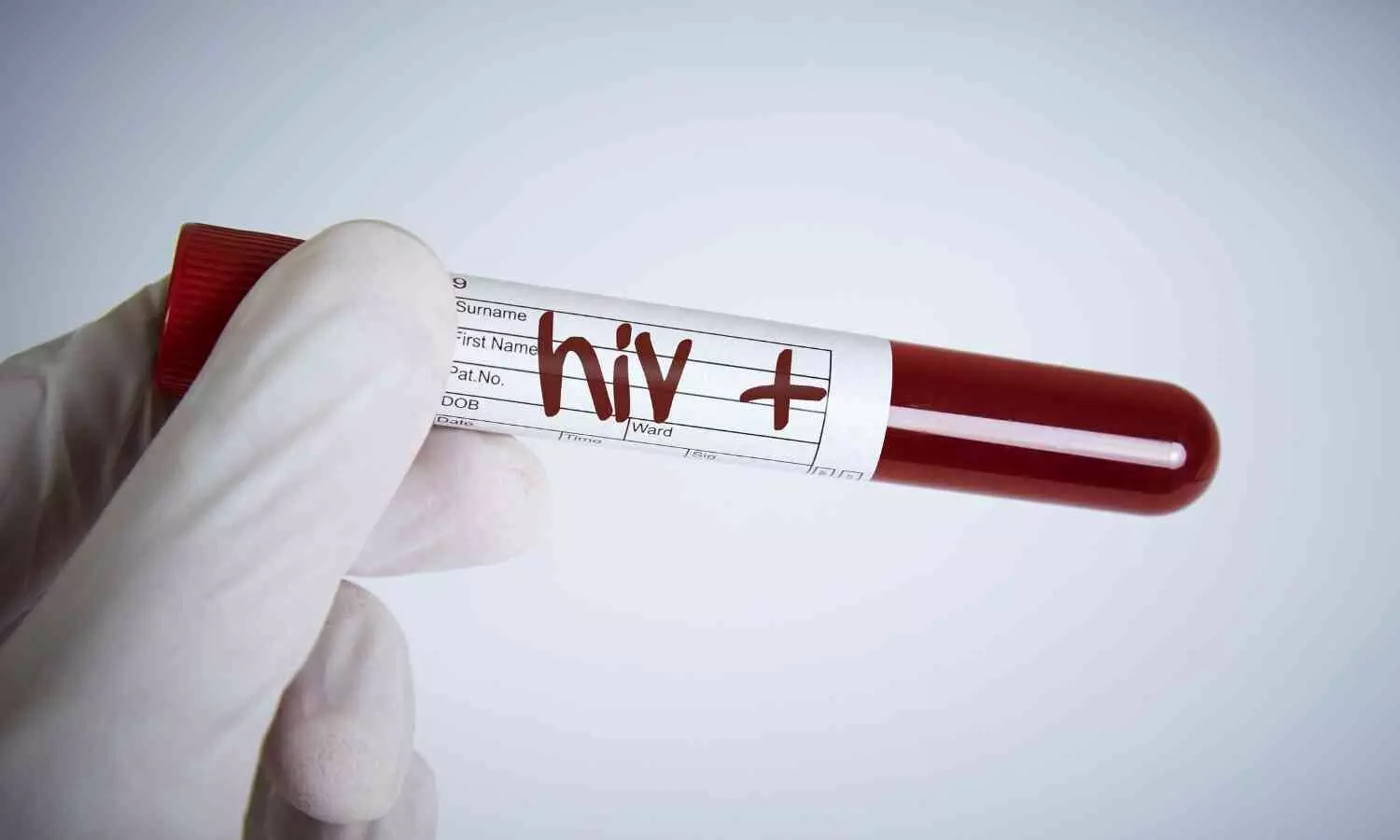Lancet: Global HIV Funding Cuts May Lead to 10 Million Infections, 3 Million Deaths by 2030

Sydney: A new study published in The Lancet HIV has warned that significant reductions in global HIV funding could result in over 10 million new infections and nearly 3 million deaths by 2030, threatening decades of progress in the fight against HIV/AIDS.
Conducted by researchers at the Burnet Institute in Melbourne, the modelling study assessed the potential impact of a projected 24% decrease in global HIV funding by 2026. The reduction follows major aid cutbacks announced by key donor countries—namely the US, UK, France, Germany, and the Netherlands—which collectively contribute more than 90% of global HIV assistance.
The researchers estimate that if these cuts proceed without mitigation, they could lead to between 4.4 million and 10.8 million additional HIV infections and up to 2.9 million related deaths between 2025 and 2030. Vulnerable populations, including children, people who inject drugs, sex workers, men who have sex with men, and those living in sub-Saharan Africa, are likely to bear the brunt of these outcomes.
The study highlights the recent halt in US funding for HIV programmes, including the President’s Emergency Plan for AIDS Relief (PEPFAR), following the inauguration of President Donald Trump. As the largest single contributor to the global HIV response, the US withdrawal is particularly damaging. According to the study, these cuts are already disrupting access to life-saving services such as HIV testing, antiretroviral therapy, and prevention programmes.
Dr. Debra ten Brink, co-lead author of the study, emphasised the critical role the US has played in supporting HIV prevention and treatment. “Current cuts to PEPFAR and USAID-supported programmes have already compromised access to essential services. If other donors follow suit, decades of hard-won progress could be undone,” she said.
Co-author Dr. Rowan Martin-Hughes noted that the impact would extend beyond direct treatment services, curtailing wider prevention strategies like condom distribution and access to pre-exposure prophylaxis (PrEP). Sub-Saharan Africa, already heavily burdened by HIV, would experience the most severe setbacks.
The authors stressed the urgency of securing sustainable financing to maintain global momentum against HIV. Without decisive action, the world risks a major resurgence of the epidemic, reversing the trajectory toward ending HIV/AIDS as a public health threat by 2030.
The study serves as a stark reminder that financial commitment from donor countries remains vital to safeguarding the gains made in global HIV response.


